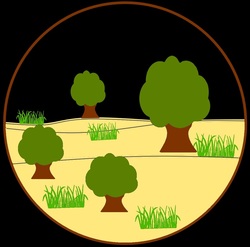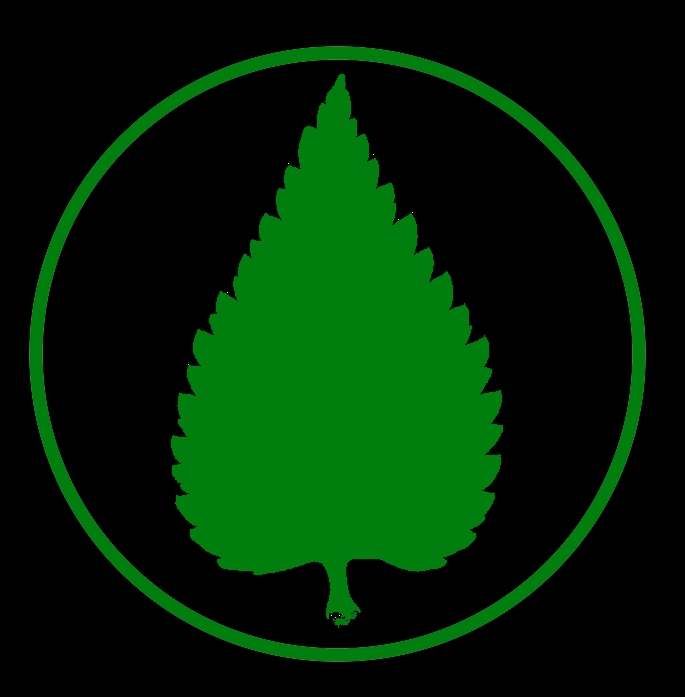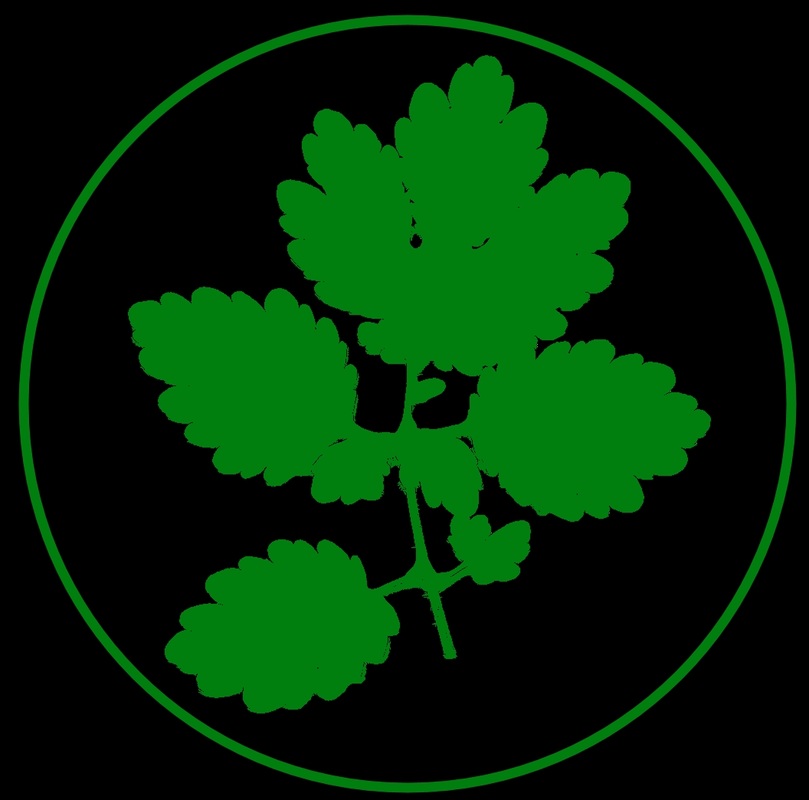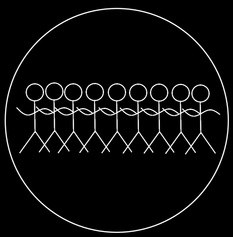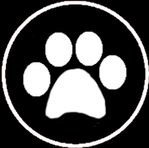Hyrax
Hyrax syriacus
Where is it found?
Rocky scrubland in Africa
Diet and foraging method
Key adaptations
Hyrax have black pads on the soles of their feet that are moistened by sweat glands, this allows them to grip and run up steep and smooth rock surfaces. All of their toes have rounded nails resembling hooves, except the inside rear toe, which has a claw that is used for grooming.
Social organisation and mating system
Large colonies
Polygynous
Did you know that...?
Hyraxs, along with sea cows, are thought to be the closest living relatives of elephants
Taxonomy
Picture credits:
Maps from: http://species.mol.org/species/
"PikiWiki Israel 35742 Procavia capensis syriaca" by Noa Steiner Pikiwiki Israel. Licenced under CC BY 2.5 via Wikimedia Commons - https://commons.wikimedia.org/wiki/File:PikiWiki_Israel_35742_Procavia_capensis_syriaca.JPG#/media/File:PikiWiki_Israel_35742_Procavia_capensis_syriaca.JPG
"PikiWiki Israel 35742 Procavia capensis syriaca" by Noa Steiner Pikiwiki Israel. Licenced under CC BY 2.5 via Wikimedia Commons - https://commons.wikimedia.org/wiki/File:PikiWiki_Israel_35742_Procavia_capensis_syriaca.JPG#/media/File:PikiWiki_Israel_35742_Procavia_capensis_syriaca.JPG

